Expiry and best-before dates on products, especially on beverages and beer, are two important concepts that tend to be directly associated with labelling and transparency in communication, areas in which we manufacturers must be particularly involved and committed.
In the first place, this post is going to look at questions like: What is the difference between the expiry date and the best-before date? Which beverages expire and which do not? How important are shelf-life studies? Does beer expire? We’re going to try to clarify and answer all of these questions.
The key is that often the average end user, either out of ignorance or information overload, tends to err when interpreting the labels on containers, which do not clearly differentiate between the “expiry date” and the “best-before date”.
Know that although expired products cannot be consumed, this is not the case of products past their best-before date.
In particular, the majority of beverages are included in the latter group, whose consumption before the best-before date makes them suitable for enjoying for a long time, provided that they are stored under optimal conditions.
Expiry date vs. best-before date
In the first place, we need to clarify some things and discuss the main differences between the two concepts.
The expiry date is directly related to safety and is an “end date”; the best-before date is related to quality and is a “recommended date”, such that good storage makes these products perfectly suitable for consumption over time.
And here’s where another important issue comes into play: the shelf life of the product in question.
Starting from the premise that no product will last a lifetime and that companies and the manufacturer are required to explicitly indicate and determine the useful life of a product, shelf life is not a purely mathematical concept.
Durability not only depends on how it is manufactured but also on other conditioning factors in the process, such as storage, transport, conditions in the retail establishment or how the consumer stores them at home, also have a direct impact on their conservation and optimal state.
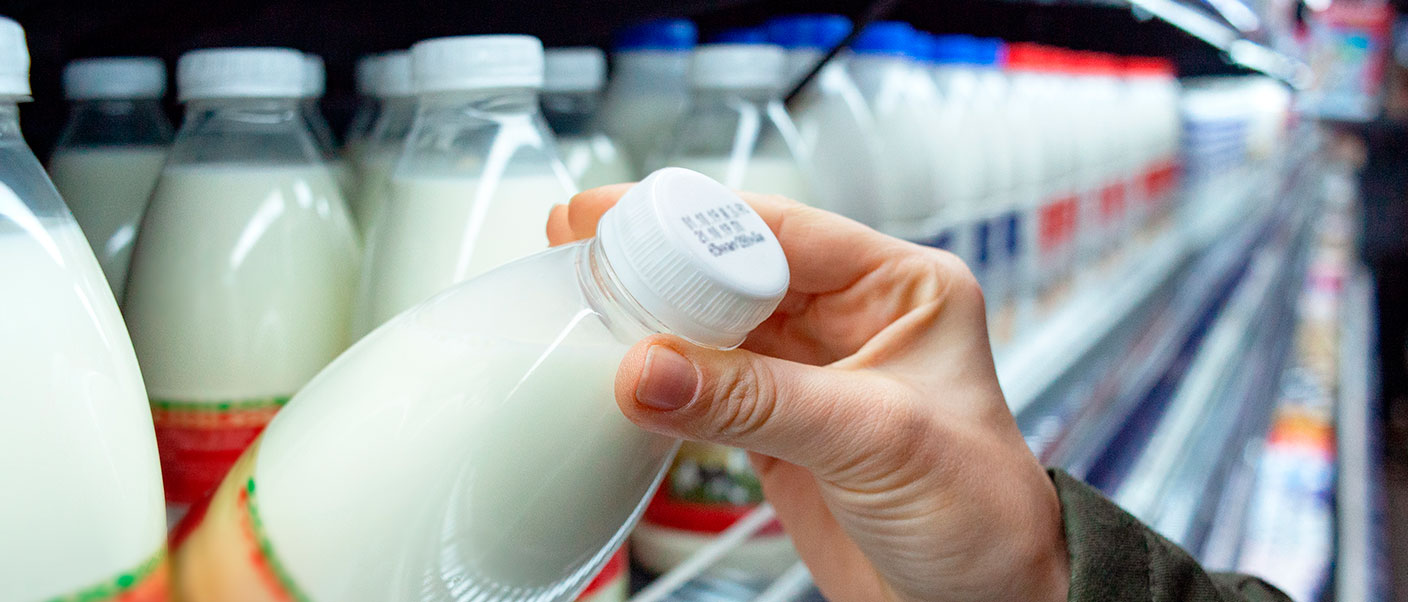
The expiry date is included on foods that are microbiologically highly perishable, which should never be consumed after that date, because the company must indicate that they are hazardous to health.
However, the phrase “best before” indicates a cut-off date up to which the product in question retains all its properties and refers to other concepts, such as organoleptic (texture, flavour, etc.) and nutritional properties.
That means that they can be consumed without risk to health and the manufacturer or company is exempt from this liability.
Legal regulation
The expiry and best-before dates are part of the information provided to the consumer.
The aim to is guarantee quality, the food safety of the product, transparency, and, above all, sustainability in an effort to cut down on food waste and garbage.
There are various regulations, including Spanish Royal Decree 1334/1999 on the labelling, presentation and advertising of food products, and EU Regulation 1169/2011, on the provision of food information to consumers, which clarify certain issues.
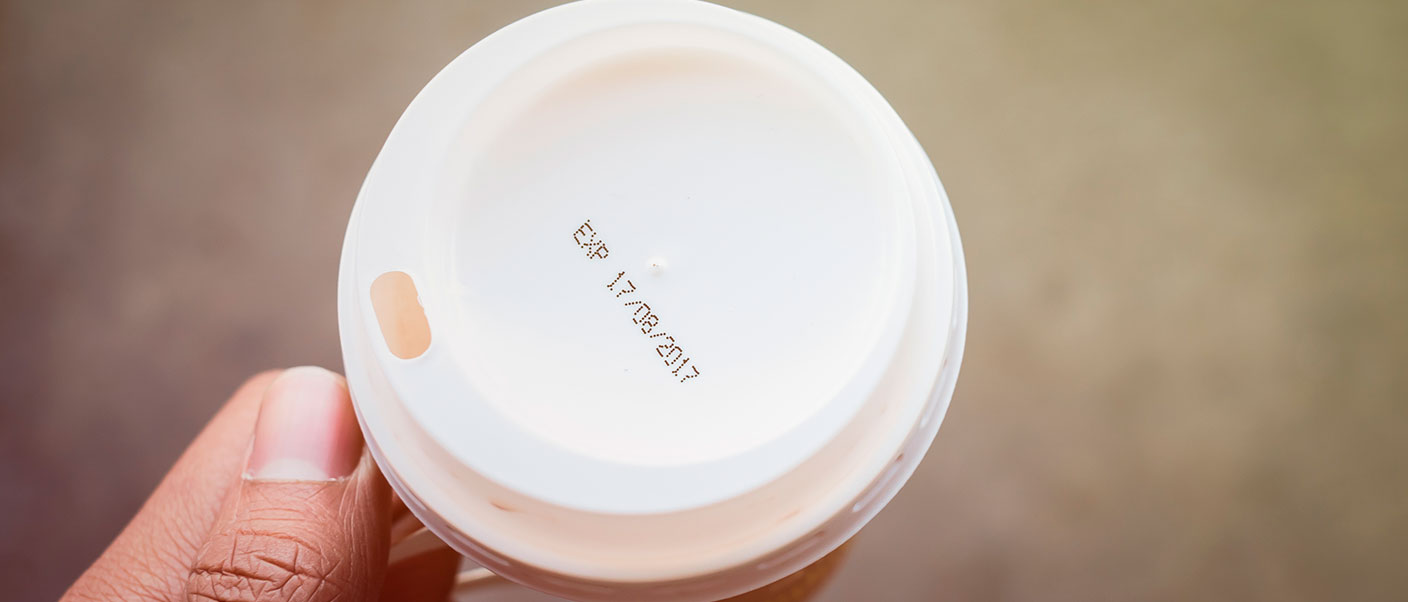
The first of these, in its article 11, speaks of the marking of dates and, focusing on our sector, specifically does not require that a minimum shelf-life date be indicated for the following:
- Non-alcoholic soft drinks, fruit juices, fruit nectars and alcoholic beverages in individual containers of more than five litres intended for distribution to groups.
- Beverages with an alcohol content of 10 percent or more by volume.
- Wines, liqueur wines, sparkling wines, aromatized wines and similar products obtained from fruits other than grapes, as well as beverages coded as NC 2206 00 31 00, 2206 00 51 00 and 2206 00 81 00 and made from grapes or grape must.
That means that they can be consumed after the date indicated without any risk to health, although there will be some loss of properties.

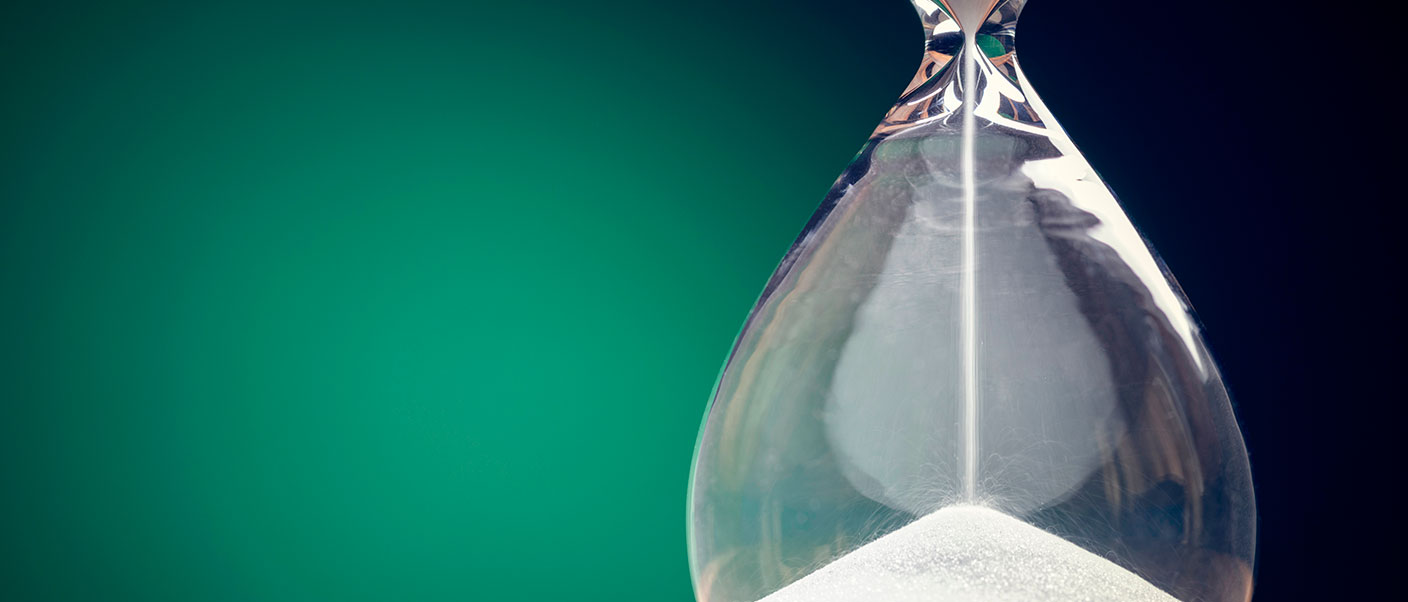



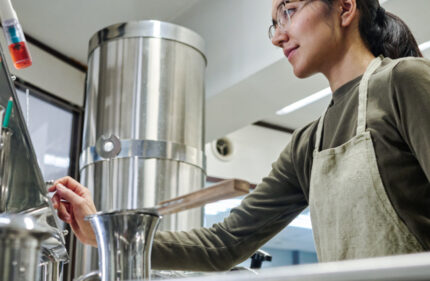
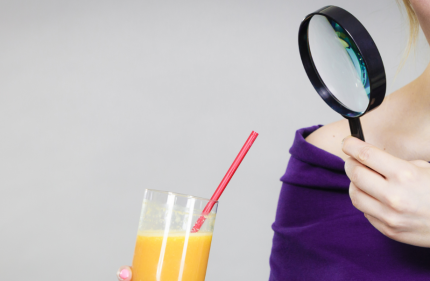
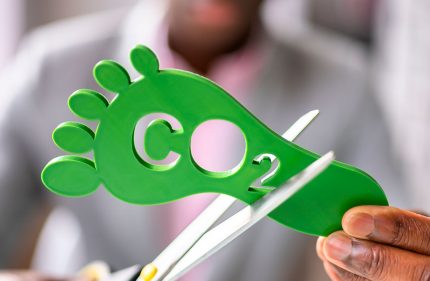
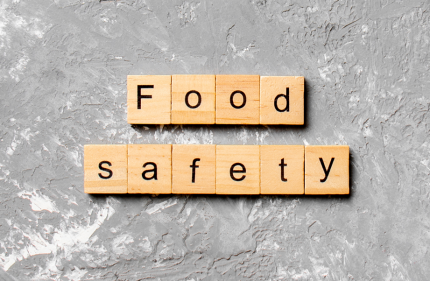
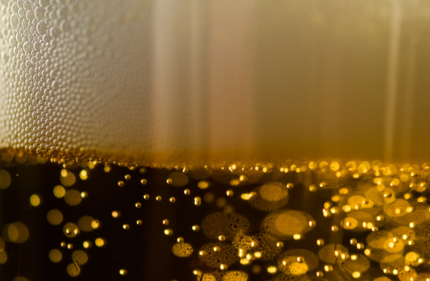
Comments